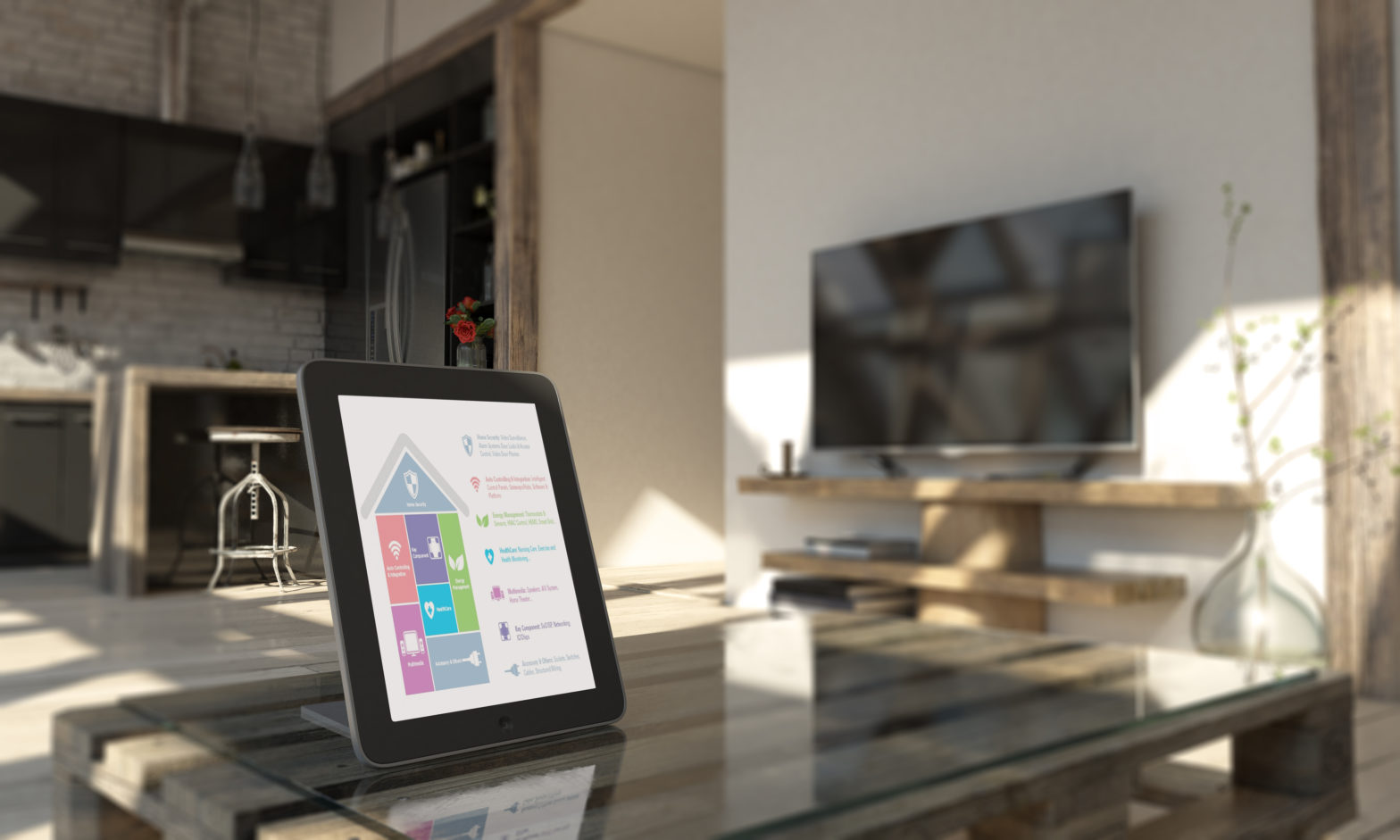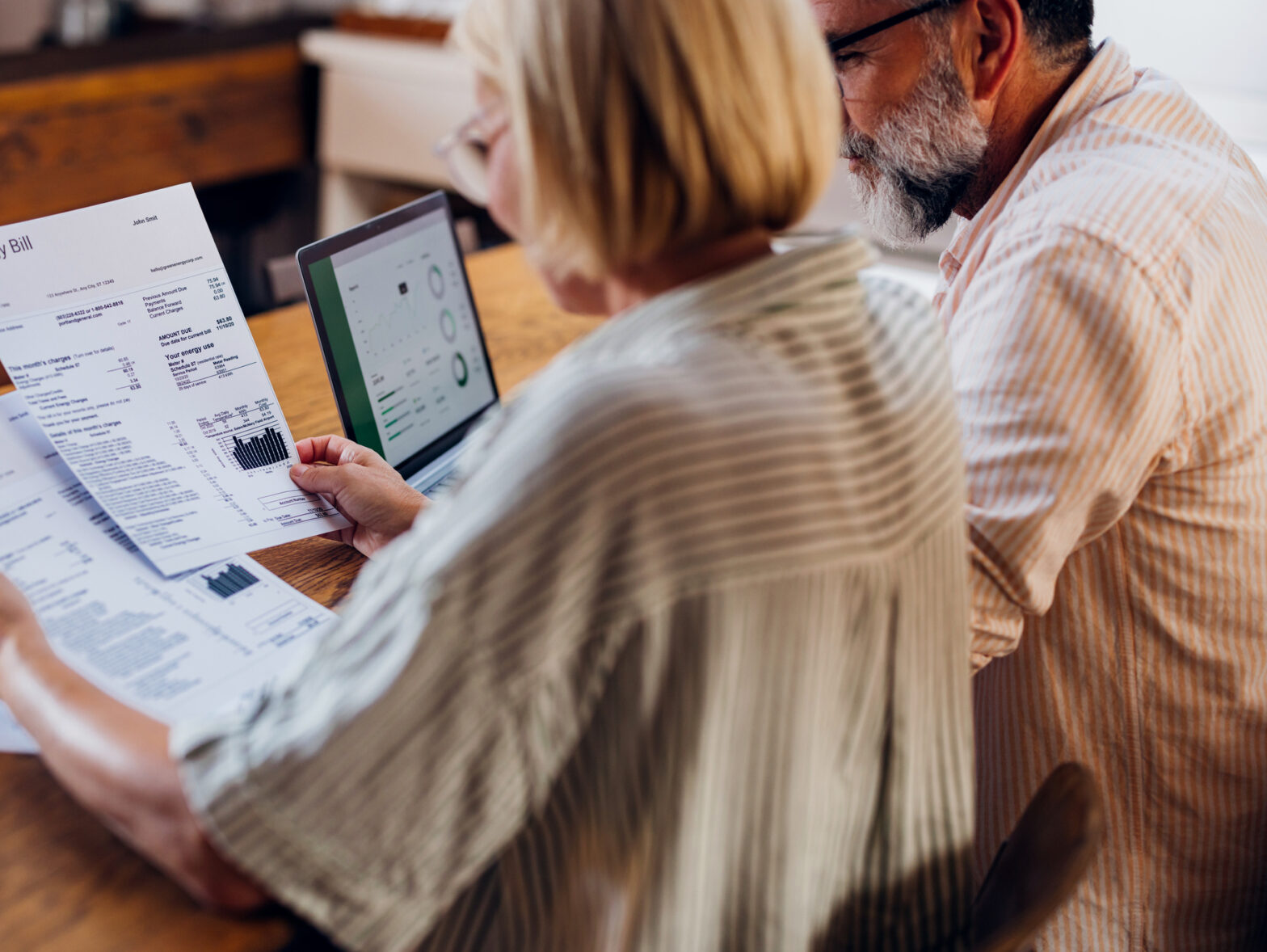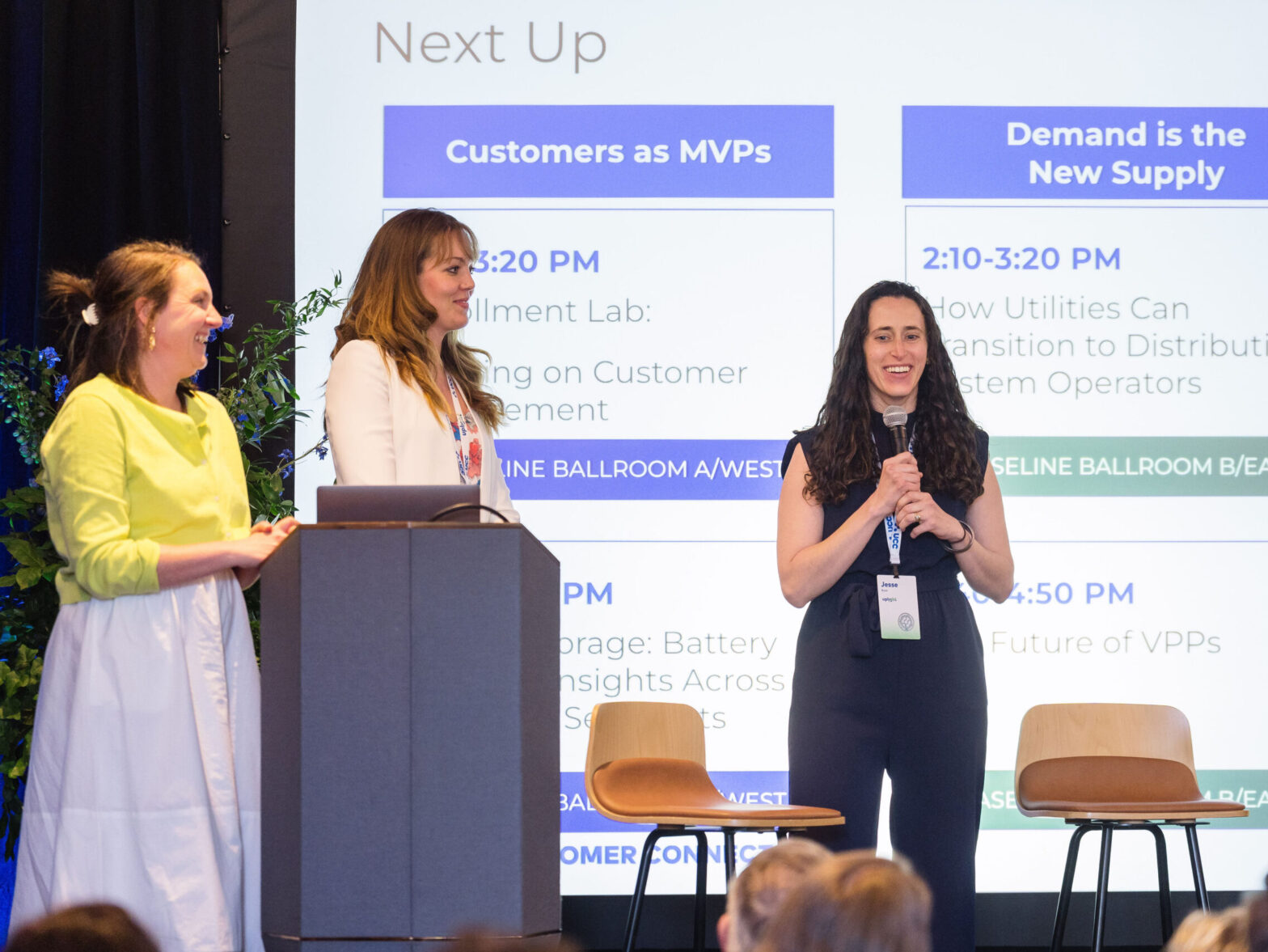This post was originally published on the Ecotagious website. Ecotagious is now Uplight.
From increasingly digitalized homes to distributed generation, the energy consumers’ landscape is changing dramatically. Long gone are the days of one-way communication with consumers through their monthly utility bills: Well-informed and tech-savvy customers are becoming more assertive about their priorities, whether it is clean energy, a lower utility bill or better customer service.
But the majority of utilities already hold the key to satisfying all these demands without any capital investments. Smart meters provide a steady stream of information that Ecotagious, through energy disaggregation, can analyze to identify the signature of different appliances and recommend changes that are both precise in their impact and easy to implement. Delivered at the right time and using the right channels makes them more likely for the consumer to act upon.

Source: U.S. Energy Information Administration, Annual Electric Power Industry Report
Economists have long lamented the energy efficiency gap, where consumers consistently fail to adopt measures to reduce energy use despite their apparent cost-effectiveness . Consumers “know” that reducing screen brightness or insulating the attic can save them money but they often seem to ignore that information. Many explanations have been proposed such as insufficient finance, long and uncertain payback, split incentives between landlord and tenant or overconfidence in their unit’s energy efficiency. However, a growing body of research in behavioral science is teaching us how to communicate the message more effectively to positively influence energy consumption decisions. , ,
1. Personalize the message
Consumers are more likely to listen when they know the message is personally relevant to them, as opposed to generic advice.
2. Quantify the impact on their bill
Traditionally, accurate information about energy end-uses was speculative or intrusive. Now, consumers can receive an itemized breakdown with energy consumption down to the appliance level. Consumers who used to over-estimate the efficiency of some devices now have precise figures and recommendations to reduce consumption.
3. People care about social norms
Comparing a household’s energy consumption with relevant peers can lead to a rapid and persistent reduction in their own energy bills.
4. Pick the right time
The timing of the message also matters a lot. Utilities can leverage their consumers’ smart speakers, mobile phones or even email to communicate the message at the time when it would be most relevant.
But reducing your customers’ utility bills without costly retrofits, appliance rebates or consumer education program is not the only benefit of energy disaggregation: Consumption patterns are changing as more Americans work from home, adopt more numerous and smarter devices, consider buying an electric car or even generating their own electricity. Utilities can now observe these changes in real-time and at high resolution to understand their customers and make better operational and investment decisions. They can also provide more value to their customers by helping them identifying faulty devices, or even help landlords sell or rent their property by providing proof about the low running costs of their unit.
Reaping all these rewards does not require any costly up-front investment or consumer input, instead, the Ecotagious process is very simple: By using our industry-leading energy disaggregation model, we help you choose and design the most cost-effective program, select a panel of consumers with high saving potential and deliver personalized and effective content that is proven to drive action.
Utilities have a unique opportunity to better utilize their resources, better understand consumption patterns, provide more value to their customers and gradually adapt to the revolution on the distribution side of their business.




